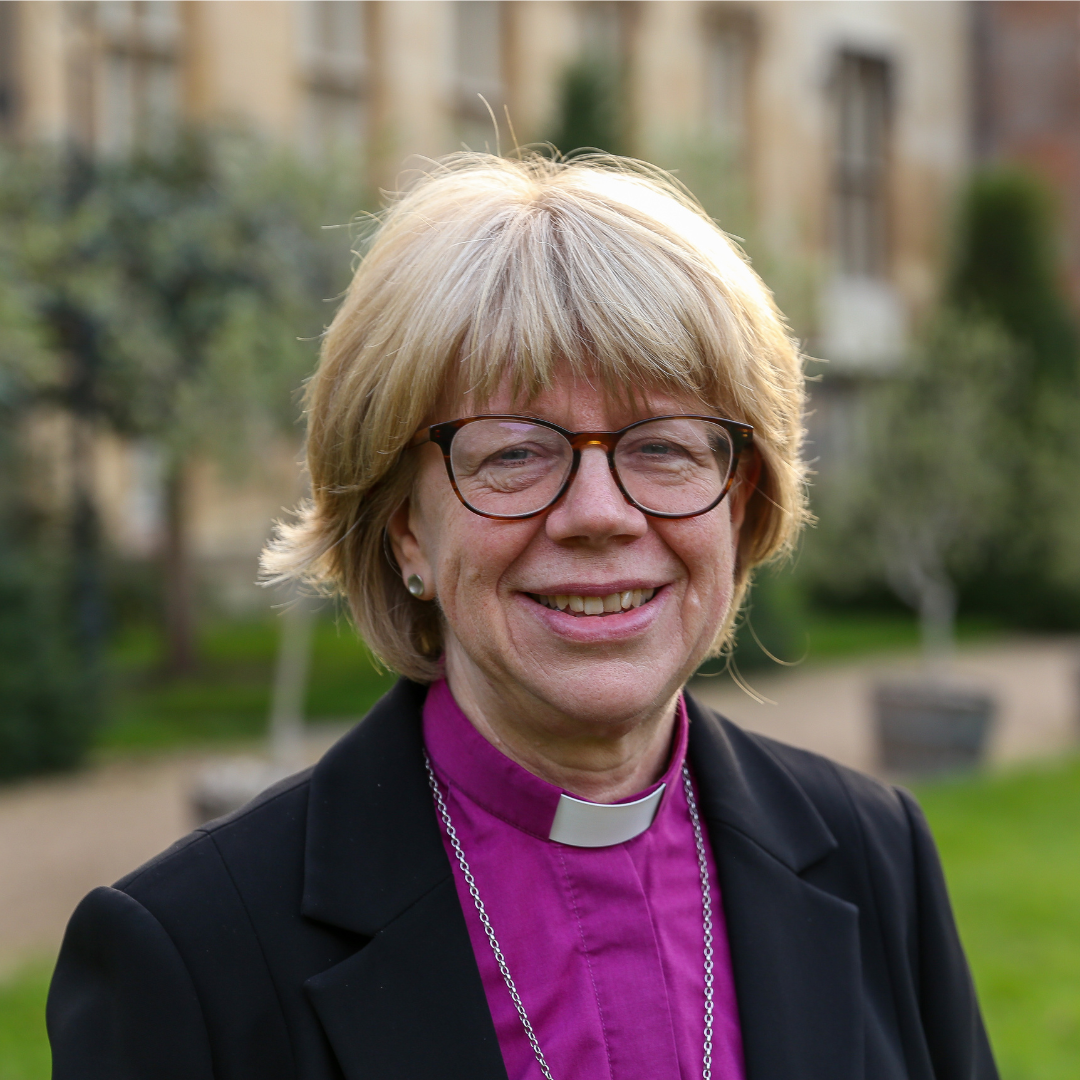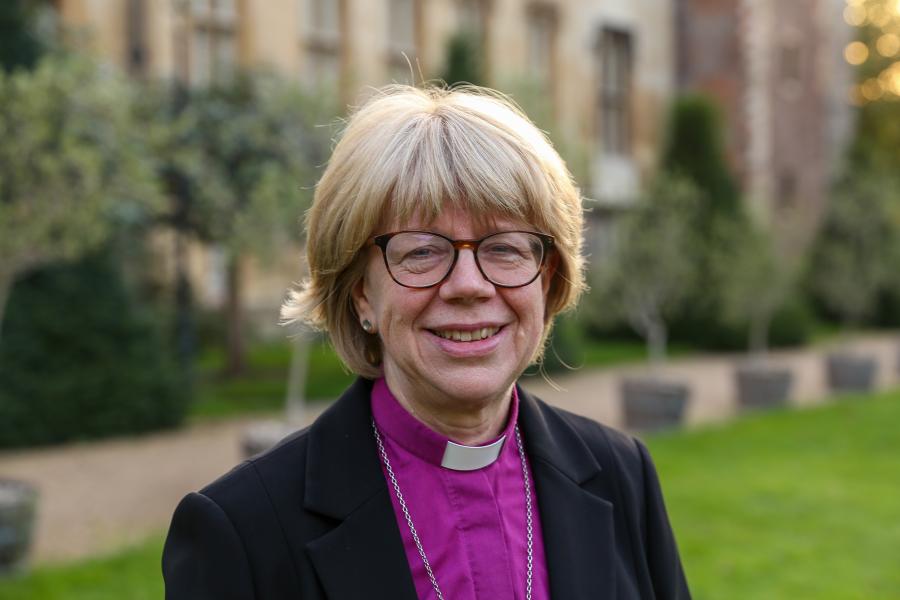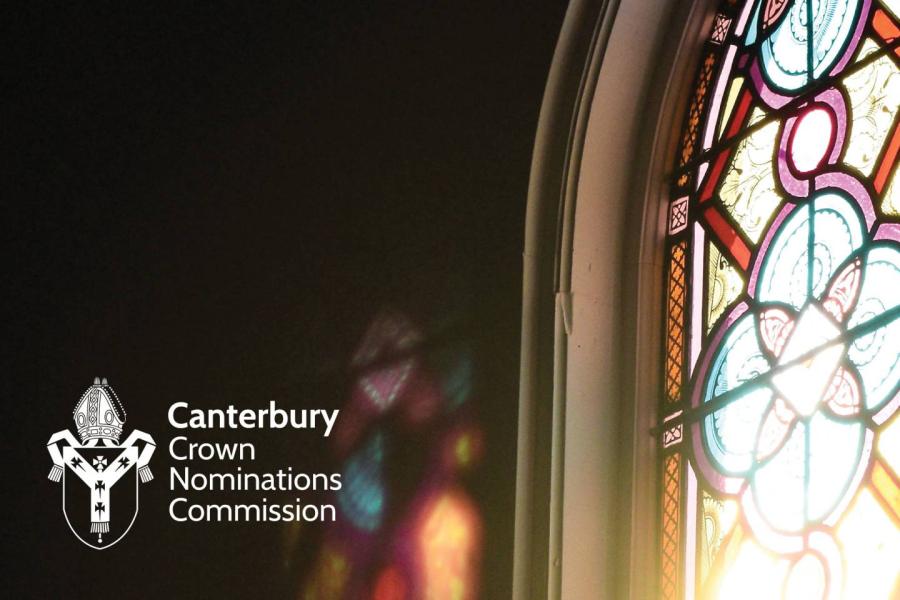The Archbishop of Canterbury is the most senior bishop in the Church of England and thus, in effect, its spiritual leader. The Archbishop is also the ceremonial leader of the global Anglican Communion, an international network of churches in more than 165 countries. They are also the Diocesan Bishop of Canterbury, supported in this ministry by the Bishop of Dover.
Find out more about the role of the Archbishop of Canterbury.
About Sarah Mullally
 Sarah Mullally is the Archbishop Designate. More information about the process of her appointment can be found at the bottom of this page.
Sarah Mullally is the Archbishop Designate. More information about the process of her appointment can be found at the bottom of this page.
Born in Woking in 1962, the Rt Revd and Rt Hon Dame Sarah Mullally DBE is one of four children, with two sisters and one brother. She attended Winston Churchill Comprehensive School and Woking Sixth Form College. She became a Christian at the age of 16.
Bishop Sarah was educated at South Bank Polytechnic and Heythrop College, University of London. Before being ordained, she worked as a nurse in the National Health Service, which she has described as "an opportunity to reflect the love of God". She specialised as a cancer nurse and became a ward sister at Westminster Hospital, before being made Director of Nursing at Chelsea and Westminster Hospital. In 1999, at the age of 37, she was appointed the Government's Chief Nursing Officer for England in the Department of Health. She was the youngest person ever to be appointed to the post. Bishop Sarah was made a Dame Commander of the British Empire in 2005 in recognition of her outstanding contribution to nursing.
While working as the Chief Nursing Officer for England, she discerned a call to ordination and entered training ministry at the South East Institute for Theological Education. She was ordained in 2001 and served her curacy in St Saviour’s Battersea Fields, initially as a self-supporting minister, before leaving her Government post in 2004, which she has described at the time as “the biggest decision I have ever made”. In 2012 she was installed as Canon Treasurer at Salisbury Cathedral and three years later took the role as Suffragan Bishop of Crediton in the Diocese of Exeter, the fourth woman to become a Bishop in the Church of England. She was consecrated at Canterbury Cathedral, alongside the Bishop of Gloucester, Rachel Treweek. On 12 May 2018, Bishop Sarah was installed as the 133rd Bishop of London at St Paul’s Cathedral, the first woman to hold the role.
Bishop Sarah sits in the House of Lords as one of the Lords Spirituals, having been introduced on 24 May 2018. Her maiden speech paid tribute to the NHS on its 70th anniversary, telling the Lords: "I am the Bishop I am today because of that first vocation to nursing, and compassion and healing are constants at the heart of who I am." She was sworn in as a member of the Privy Council in March 2018 and became Dean of Her Majesty’s Chapels Royal in July 2019.
As Bishop of London, Bishop Sarah has spoken regularly of enabling “every Londoner to encounter the love of God in Christ” Bishop Sarah led the Church of England’s Living in Love and Faith process from 2020 to 2023. This included the formative stages of discernment and decision making which saw the introduction of the Prayers of Love and Faith for same-sex couples. She has served on the Church’s National Safeguarding Steering Group and is also Lead Bishop for Health and Social Care issues.
As a Lord Spiritual, she has drawn from both her pastoral experience and her background in nursing and healthcare and has played a key role in the ongoing debates on assisted dying.
This year, she chaired the Triennium Funding Working Group that developed the Church of England's three-year spending plan that led to significant investments in local churches and parish clergy.
Bishop Sarah is married to Eamonn, an Irish-born IT and Enterprise Architect who enjoys beekeeping and volunteering as a London tourist guide. The couple have two grown-up children, Liam and Grace. She has continued her interest in the health service having been a non-executive director at the Royal Marsden NHS Foundation Trust then at Salisbury NHS Foundation Hospital. She is Chair of Christian Aid. She has spoken openly about her dyslexia, describing her difficulties with writing and reading. In her spare time, she loves cooking, walking and pottery.

